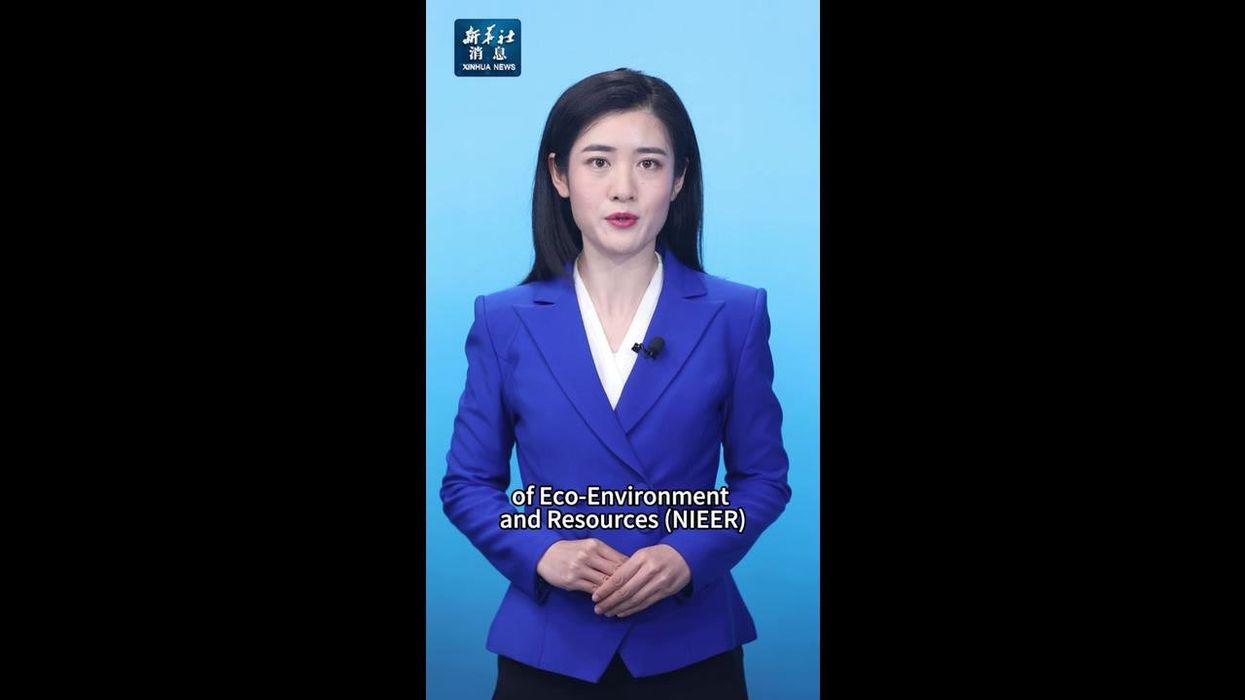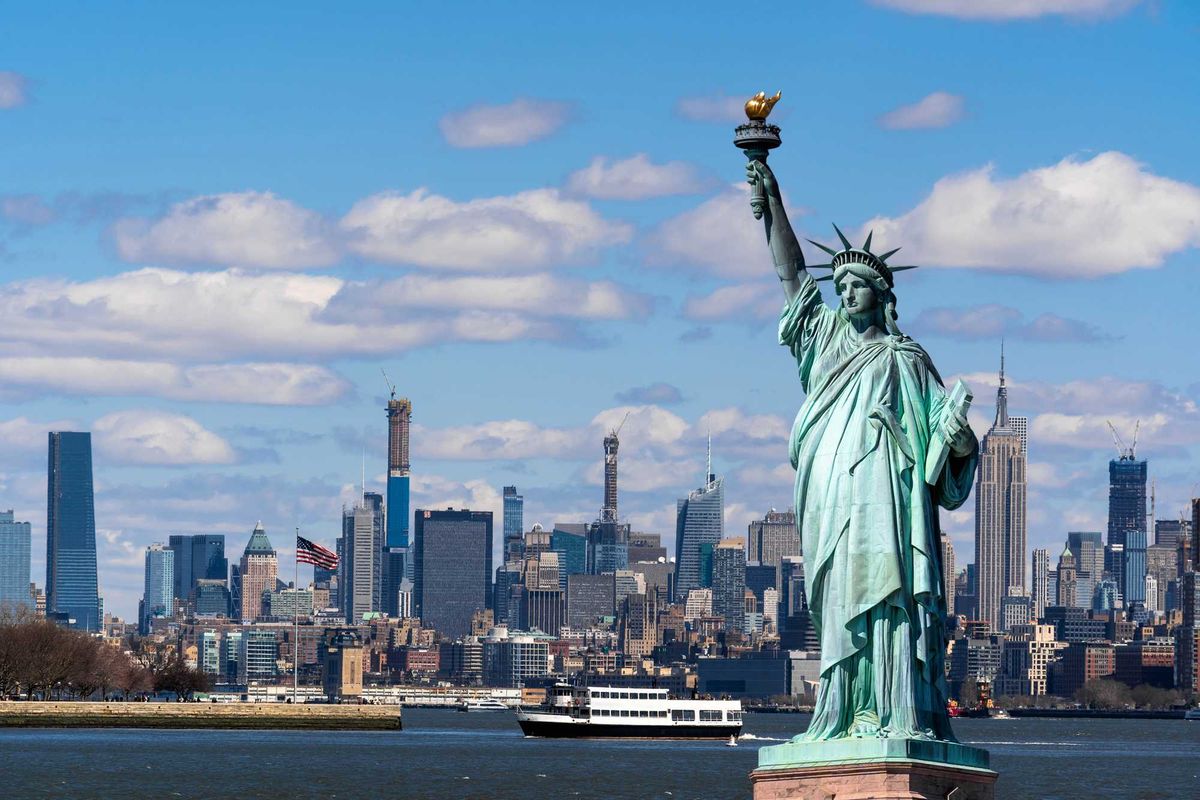Jake Brigstock
Sep 17, 2024
Xinhua News | New study reveals permafrost dynamics, climate impacts in alpine …
Xinhua TV - Raw / VideoElephant
A permafrost 'megaslump' in Siberia that's also known as the 'gate to hell' is expanding because of climate change, according to a new study published in the Journal of Geomorphology.
The Batagaika crater was first discovered in the 1960s and has been continually expanding for the last 60 years, tripling in size from 1991 to 2018 and is now the biggest permafrost crater in the world, according to a report from FRANCE 24.
It's so big it can even be seen from space.
It started out as an "insignificant ravine", according to FRANCE 24's Julia Sieger, before turning into a "tadpole-shaped slump that covers 200 acres, is one kilometre long and, in some areas, is 100ft deep".
That's because of the thawing of permafrost, which is the part of the ground that is permanently frozen.
When that is warmed up, the ice that cements the subsoil melts and turns into water, causing subsidence.

"What started the dethawing of permafrost was deforestation during the Soviet era," Sieger said. "Without the plant cover of the Earth, the sun was able to hit and heat the soil.
"It's released a lot of organic matter, and yielded the oldest sample of liquid blood ever found, but it's also releasing a lot of gasses that were trapped inside the Earth."
There is a cycle that permafrost soil contains twice as much carbon as normal soil and the more it melts, the more it releases carbon and methane into the atmosphere, which warms up the planet and so on.
The crater is "likely to continue to grow" but there are natural barriers that could slow it down or stop.
"It's a warning sign for other areas in the world like in the Arctic region, Alaska or Canada where there are other ravines, and in Siberia with the C17 crater too," Sieger added.
"This is the most significant and spectacular one and worrying scientists the most."
How to join the indy100's free WhatsApp channel
Sign up to our free indy100 weekly newsletter
Have your say in our news democracy. Click the upvote icon at the top of the page to help raise this article through the indy100 rankings.
Top 100
The Conversation (0)














